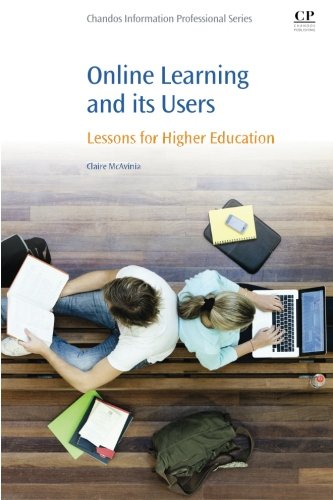

Most ebook files are in PDF format, so you can easily read them using various software such as Foxit Reader or directly on the Google Chrome browser.
Some ebook files are released by publishers in other formats such as .awz, .mobi, .epub, .fb2, etc. You may need to install specific software to read these formats on mobile/PC, such as Calibre.
Please read the tutorial at this link: https://ebookbell.com/faq
We offer FREE conversion to the popular formats you request; however, this may take some time. Therefore, right after payment, please email us, and we will try to provide the service as quickly as possible.
For some exceptional file formats or broken links (if any), please refrain from opening any disputes. Instead, email us first, and we will try to assist within a maximum of 6 hours.
EbookBell Team

4.1
100 reviewsOnline Learning and Its Users: Lessons for Higher Education re-examines the impact of learning technologies in higher education. The book focuses particularly on the introduction and mainstreaming of one of the most widely used, the virtual learning environment (VLE) or learning management system (LMS). The book presents an activity theoretic analysis of the VLE’s adoption, drawing on research into this process at a range of higher education institutions. Through analysis and discussion of the activities of managers, lecturers, and learners using the VLE, lessons are identified to inform future initiatives including the implementation of massive open online courses (MOOCs). A replicable research design is included and explained to support evaluation and analysis of the use of online learning in other settings. The book questions accepted views of the place of technologies in higher education, arguing that there has been a repeated cycle of hype and disappointment accompanying the development of online learning. While much research has documented this cycle, finding new strategies to break it has proved to be a more difficult challenge. Why has technology not made more impact? Are lecturers going to be left behind by their own students in the use of digital technologies? Why have we seen costly and time-consuming failures? This book argues that we can answer these questions by heeding the lessons from previous experiences with the VLE and early iterations of the MOOC. More importantly, we can begin to ask new and different questions for the future to ensure better outcomes for our institutions and ultimately our learners.